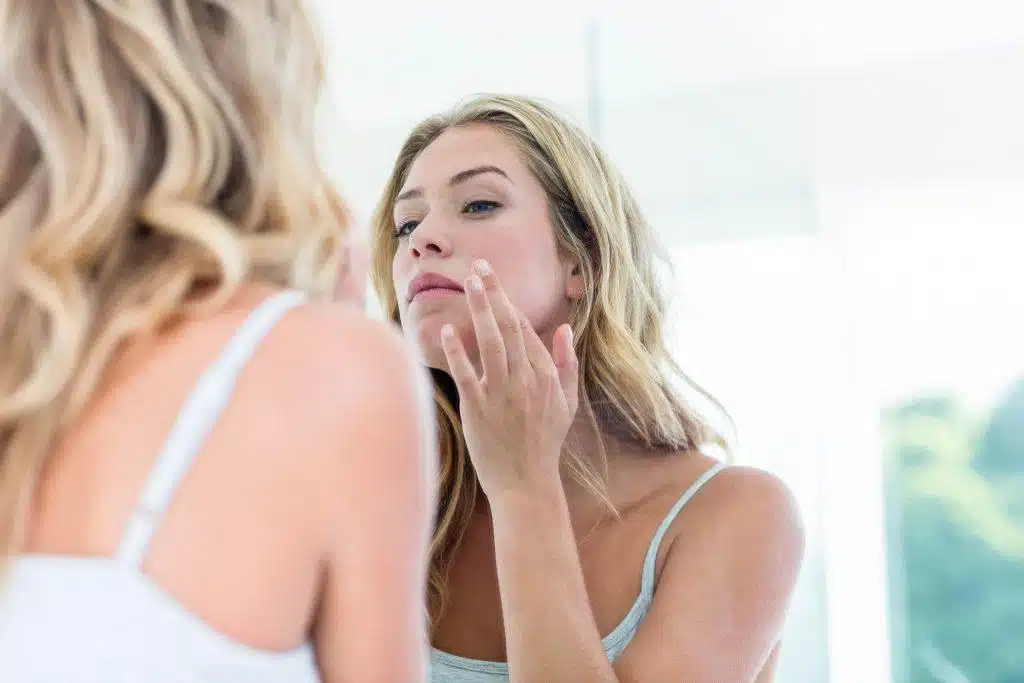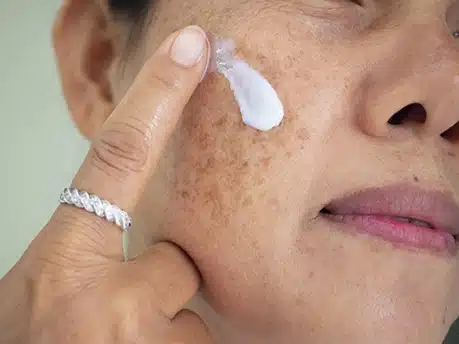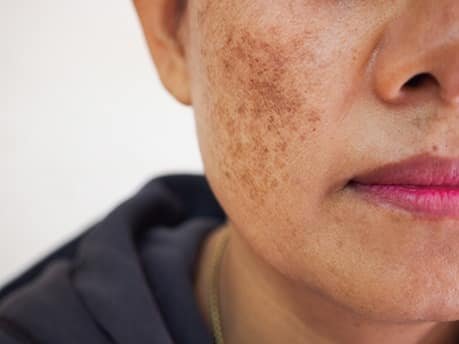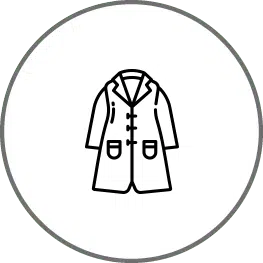





Wearing SPF sunscreen on any exposed skin, anytime you plan to be outside. You must reapply every 2 hours or after getting out of the water, so a single application isn’t enough.

Avoiding the sun between the hours of 10 am and 2 pm, whenever possible. This is when the sun is the highest and brightest and has the most potential to cause skin damage.

When you are outside, wearing tightly woven clothing to cover your skin is another good choice.

A hat and clothing with UPF protection are other simple ways to protect your skin from age spots.













Copyright © 2023 NP SKIN CARE. All rights reserved.